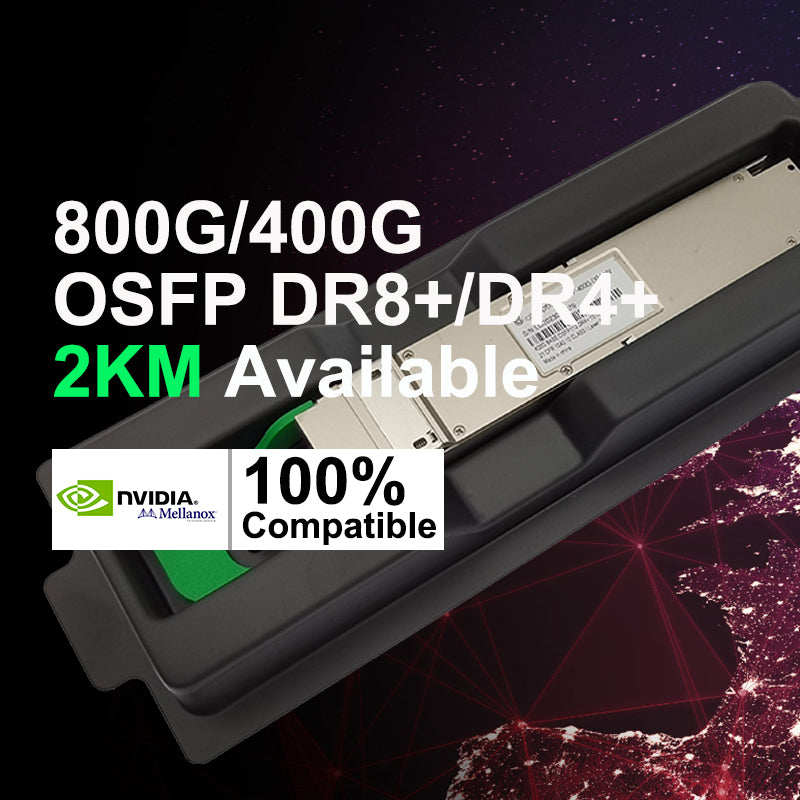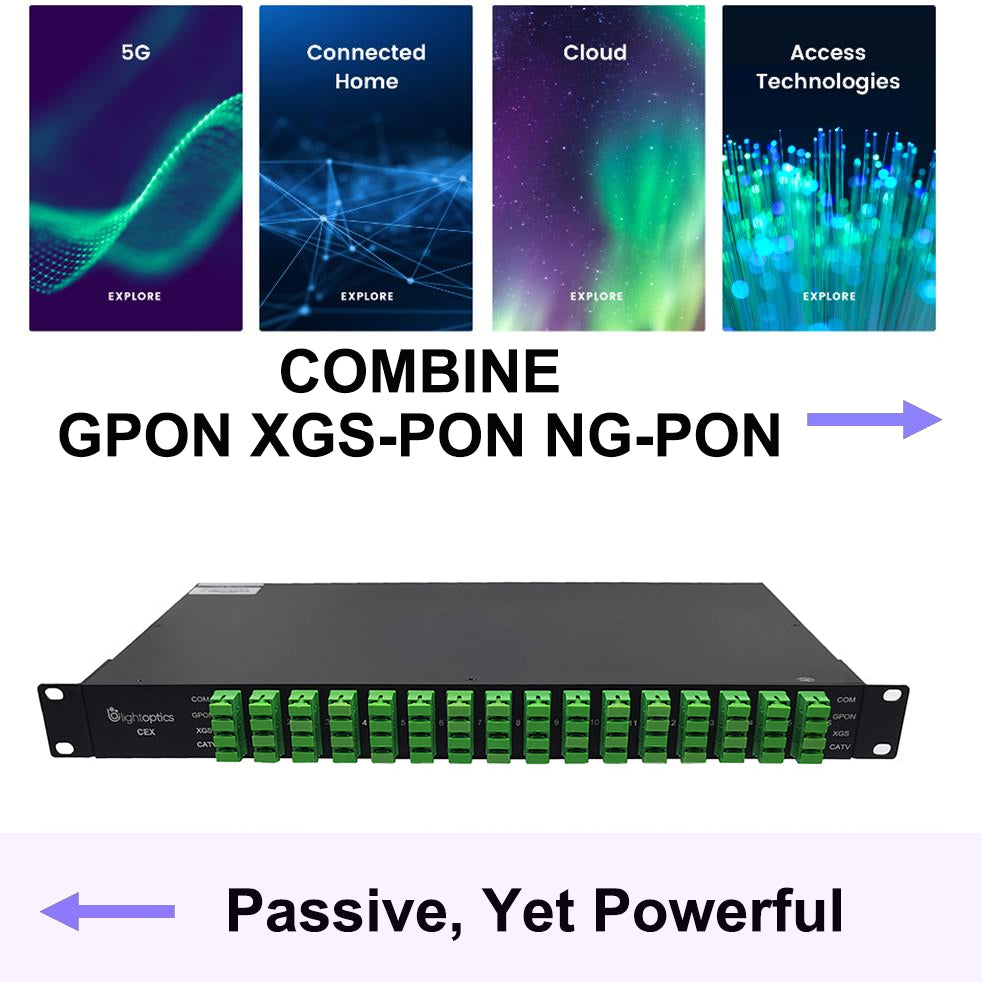What is a Transceiver : Working, Types & Its Applications
What is a Transceiver?
Definition: It is a combination of transmitter (Tx)/ receiver (Rx) in an only package. This device is used in wireless communications devices like cordless telephone sets, cellular telephones, radios, etc..and the transceiver is built into the mobile device. Irregularly the transceiver name is used as a reference to Tx or Rx devices within cable otherwise optical fiber systems. The transceiver diagram is shown below.

How does a radio transceiver work?
In radio communications, the transceiver can work in half-duplex or full-duplex mode:
- Half-duplex transceivers.It can either transmit or receive but not both at the same time. This is because both the transmitter and receiver are connected to the same antenna using an electronic switch. This mode is found in ham radios, walkie-talkies and other single-frequency
- Full-duplex transceivers.The radio transmitter and receiver can work in parallel. Transmission and reception take place on different radio frequencies. This mode is observed in handheld and mobile two-way radios.

The difference between half-duplex and full-duplex data transmission
What role do transceivers play in a wireless communication network?
The role of a transceiver depends on its type. There are four types of transceivers used in wireless communication systems:
- RF transceivers are used in base band modems and routers for analog (over the wire) and digital transmission. They are also used in satellite communications networks.
- Optical transceivers employ fiber optic transceiver technology to convert electronic signals into light signals. They are high-speed transmission devices.
- Ethernet transceivers are used to link electronic devices in Ethernet circuitry. They are also known as media access units.
- Wireless transceivers combine technology in Ethernet and RF transponders to improve Wi-Fi transmission speed.
In the above-mentioned types are different but the working remains the same. Each type has its own characteristics. Explore the differences among macrocell, small cell and femtocell base stations, or transceivers, as they relate to 5G cellular wireless communications in the video below.
Applications of Transceiver
The transceiver applications are:
- This module is applicable in wireless communication
- The main function of this is to transmit the data in the form of voice or data or video over the wireless medium.
- This modem is used to change the frequency from IF to RF
- RF transceiver module is used in satellite communication, radio transmission for TV signal transmission.
Thus, this is all about an overview of the transceiver. It is the combination of a transmitter & a receiver. If you have any further questions about transceivers, you can always get in touch with www.lightoptics.co.uk staff via sales@lightoptics.co.uk.












